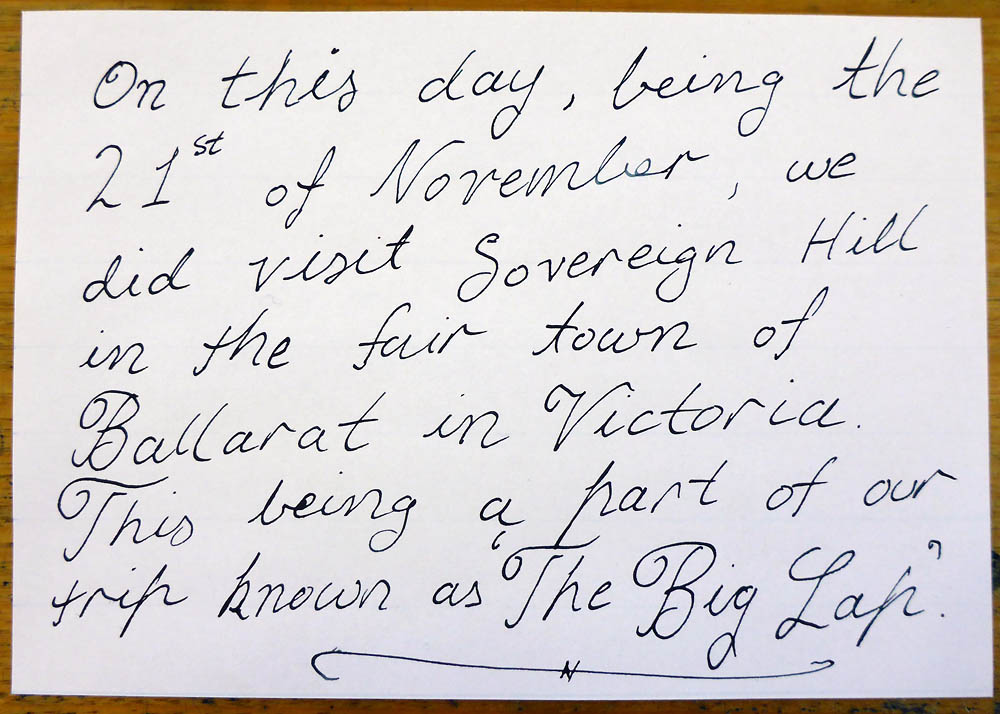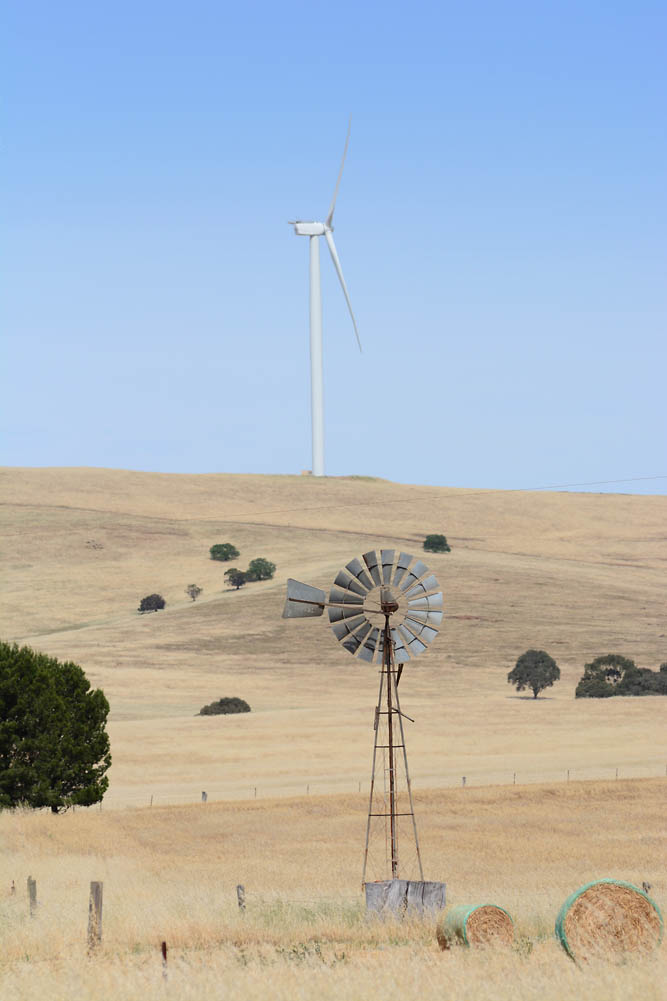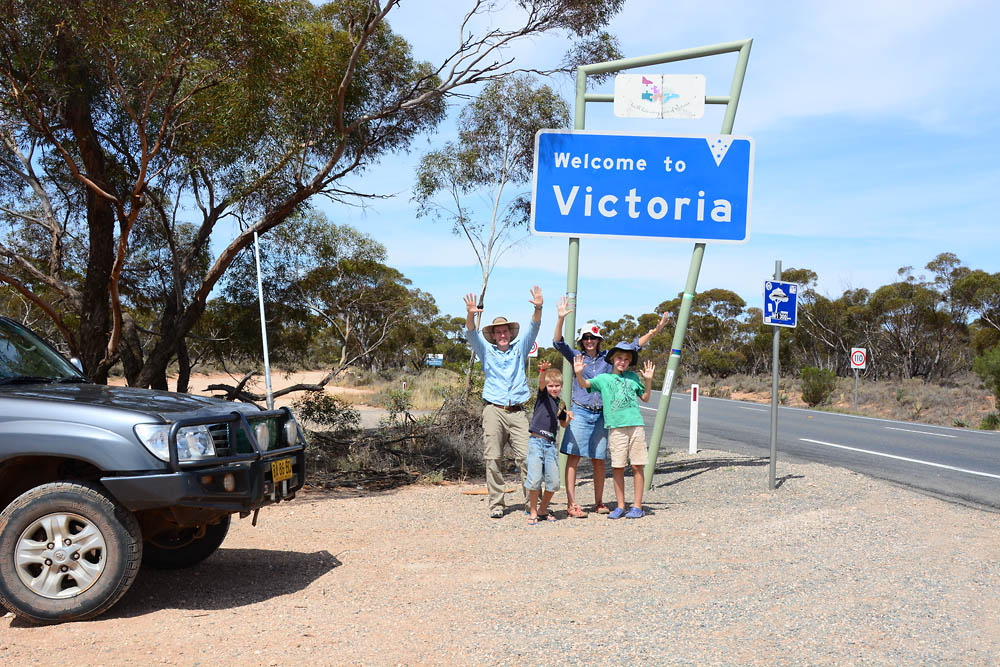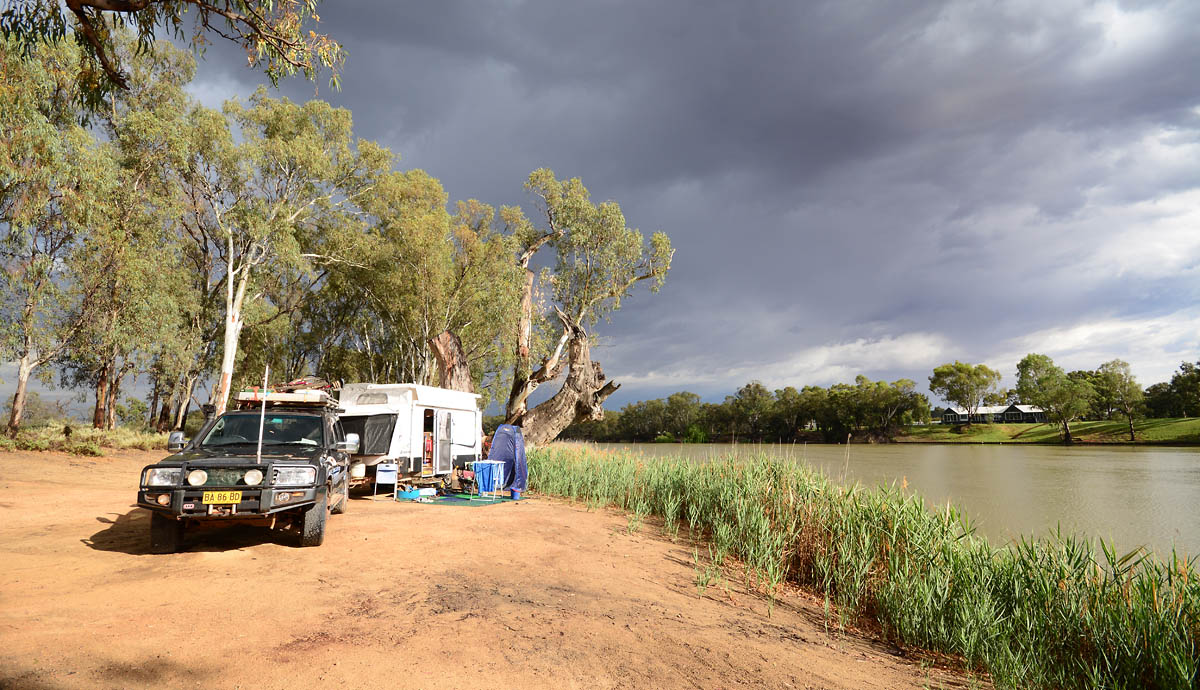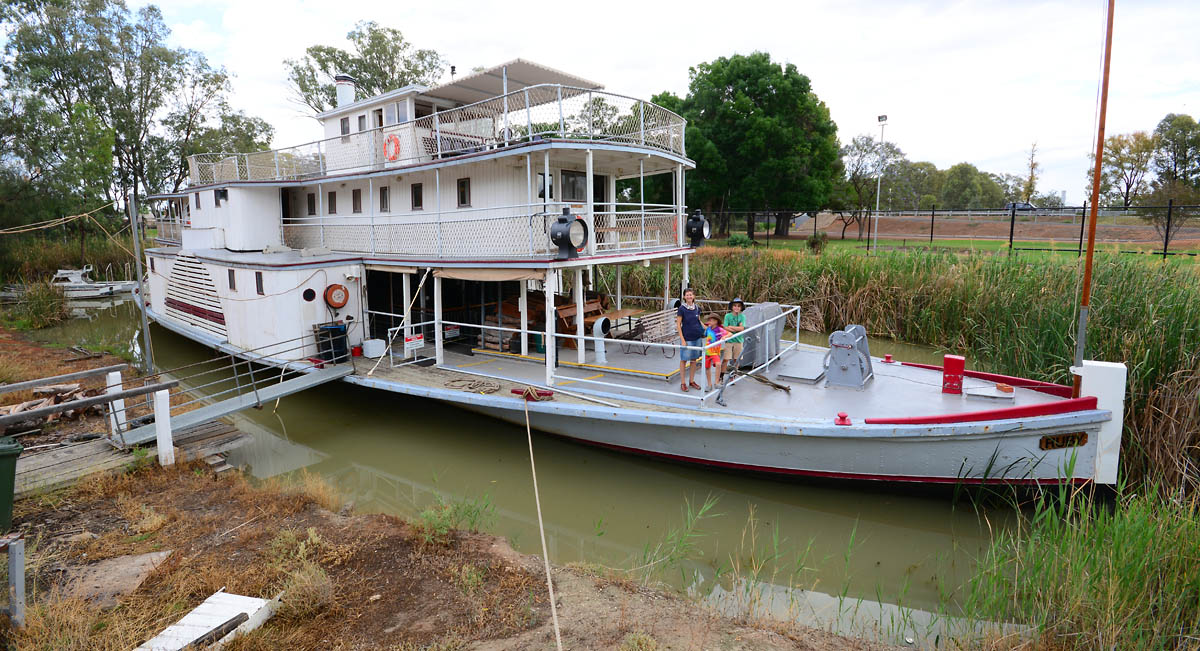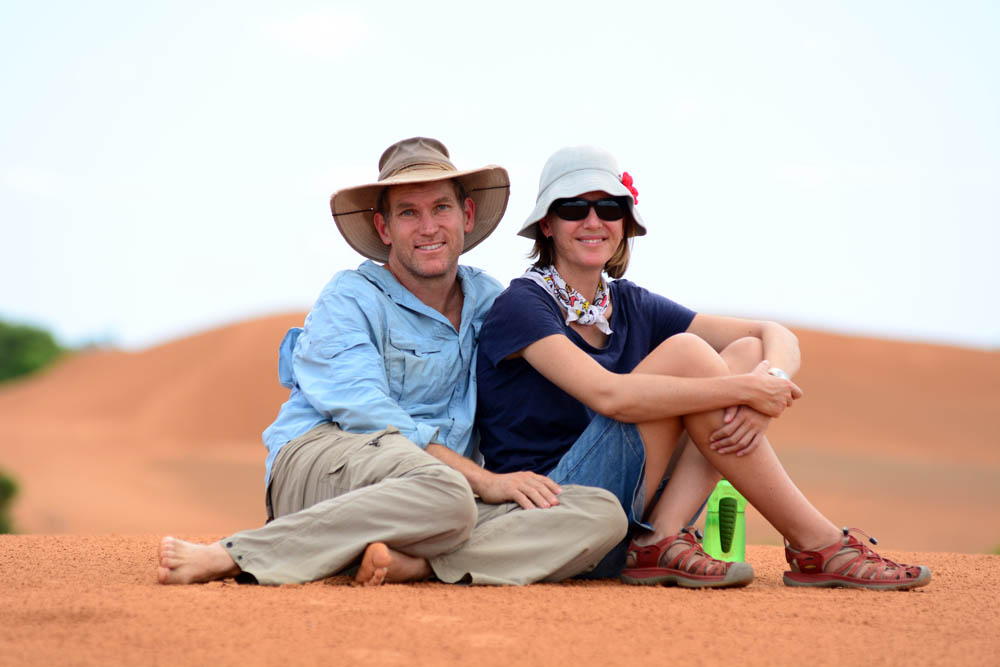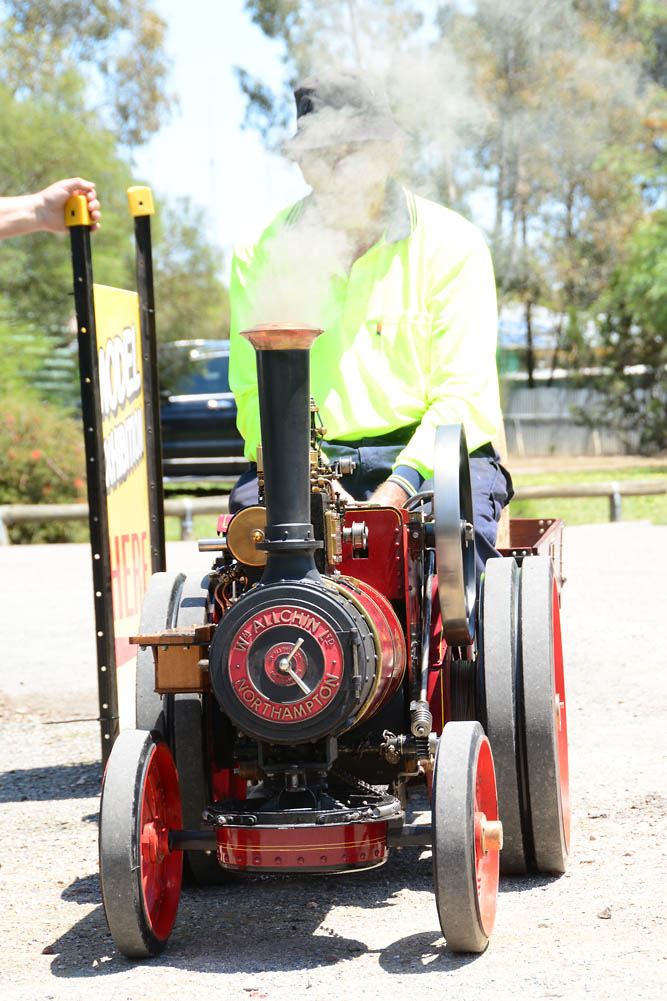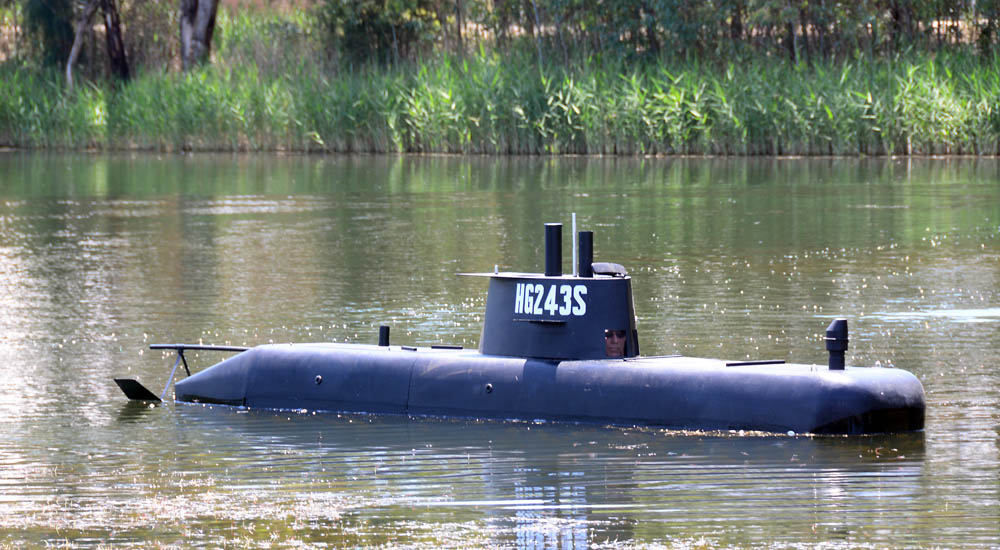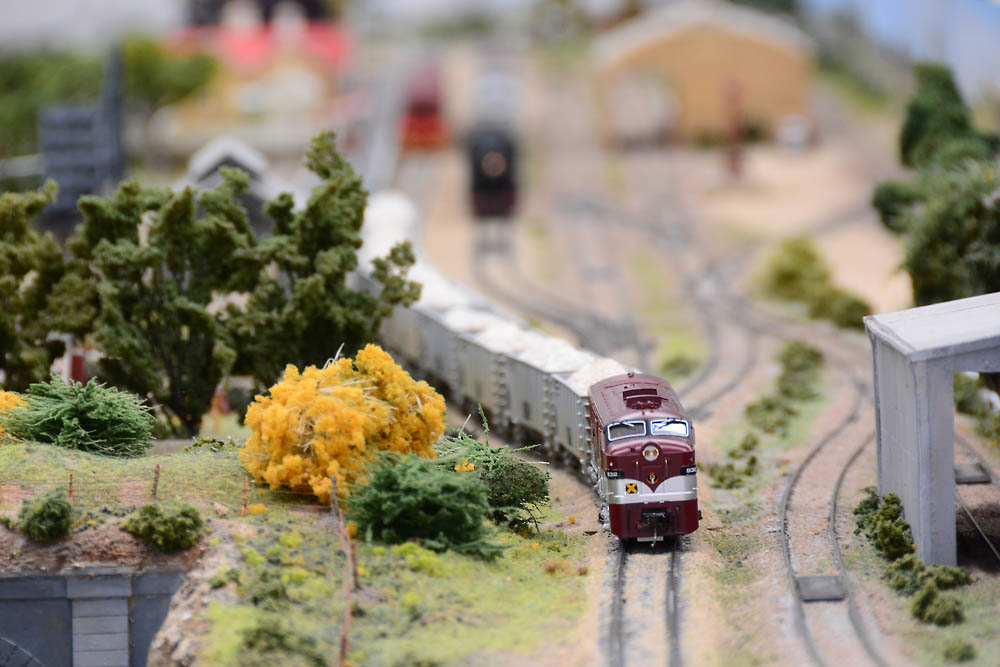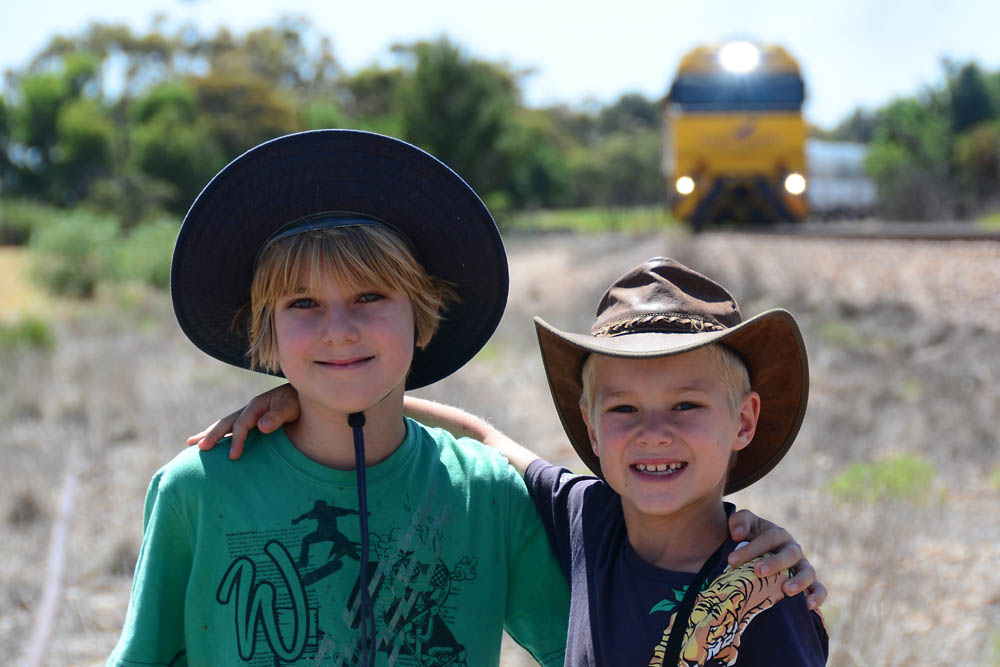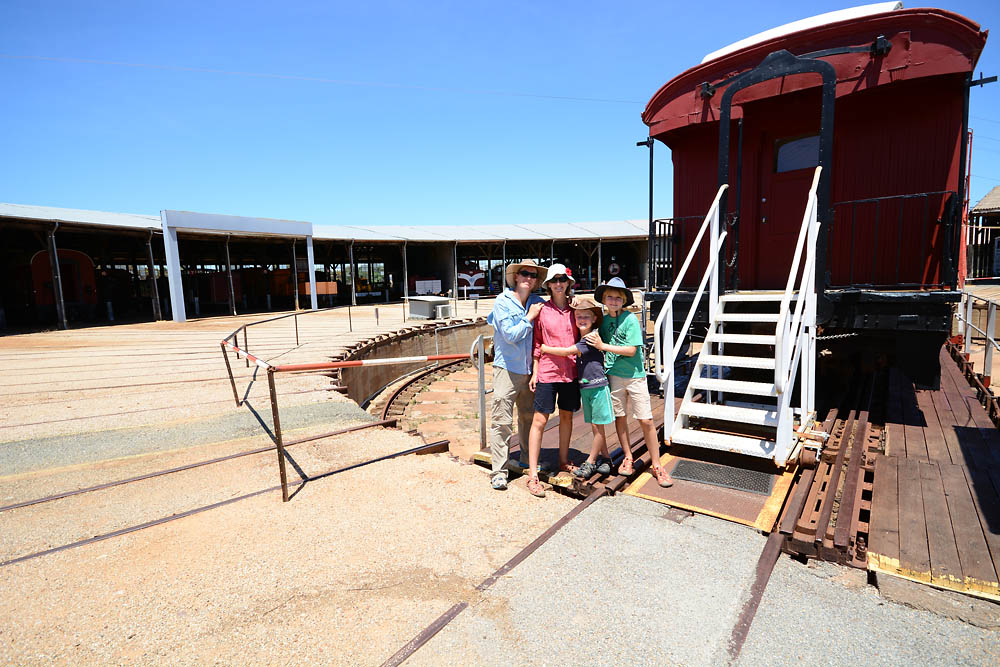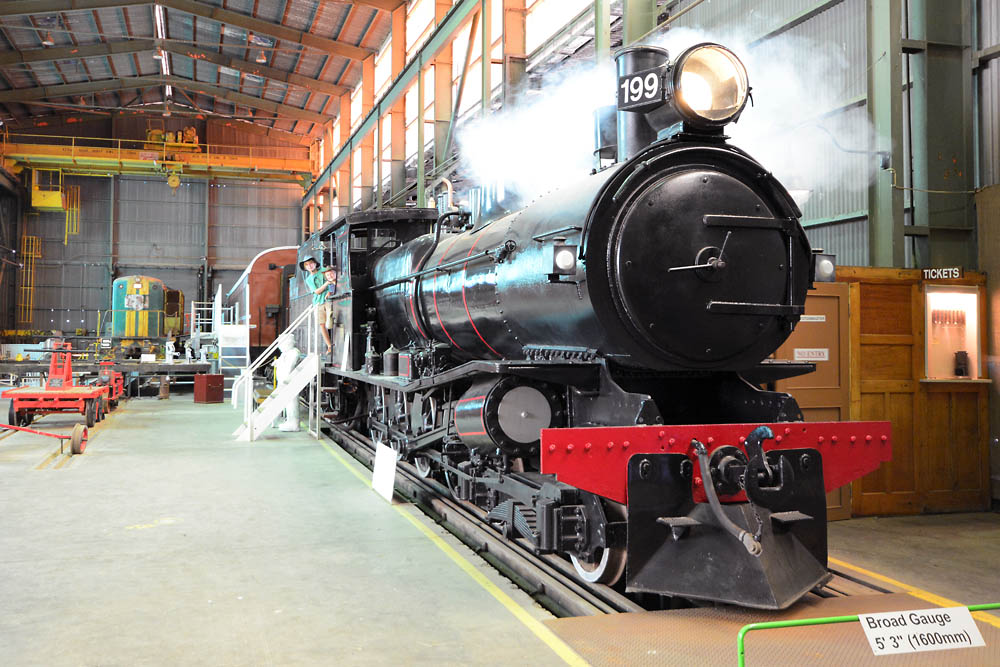What:
Without having any real preference or brand loyalty, I ended up buying a late 2006 HDJ-100R Turbo diesel manual Toyota Landcruiser GXL. I bought this at a local auction, and whilst I was convinced at the time I wanted a Prado, I was attracted by the excellent condition, presentation and amount of kit on the cruiser, the cool colour and the magnificent 1HD-FTE turbo diesel engine. the best and last of the non-common rail turbo diesels. It came with a Warn XD9000 winch, 2″ ARB lift kit, Toyota tow ball, ARB bull bar, driving lights, fog lights, red polyair rear air bags, side steps, snorkel, GME 40 channel UHF radio and 6.5 dBi antennae, full service history and importantly, new Mickey Thompson STZ Baja tyres. It had 182,000 km on the clock and was a very good price. The only other items I’ve added are a 2100 x 1200 aluminium Rola roof rack and a set of custom rear drawers with a fridge slide. Both of these I bought on ebay for a few hundred dollars each – bargains. The attraction of the turbo diesel was resale and economy. The turbo diesel typically carries a $10,000 price premium over the six cylinder or V8 models, but uses about 25% less fuel. Therefore, over the 40,000 predicted kilometres of the trip, we’ll save $4,100, therefore I’ll have to rely on resale value, not fuel economy savings. To save the difference in purchase price, we would need to travel more than 97,000 kilometres over the life of the car (this data is based on 31,000 km of real fuel economy data and accurate pricing around Australia – we’ve averaged 18.6 l/100 and fuel is on average $1.53/l, unleaded is invariably 5 c to 10 c/l more expensive in the outback).
Why:
In the Landcruiser range, I wanted the GXL model built after 2005 to ensure we got the dual air conditioners (single compressor on the engine, two separate condensers), a must for outback comfort for the boys in the back! I was lucky enough to get a November 2006 build, which was the very last of the 100 series. It has Sahara LED tail lights, more modern dash and Sahara chrome rimmed instruments, etc. The massive downside with the HDJ100R model (4.2 TD) is that it will NOT communicate with OBD or OBD2 (On Board Diagnostics) communications protocols, supposedly standard on all vehicles in Australia since 1998 – instead it uses a proprietary Toyota code. I wanted this to be able to access engine error codes and other useful information, such as accurate engine and oil temperature, oil and fuel pressure, voltage, boost, comprehensive trip computers, etc. Preposterously, only the Sahara has a trip computer in the Landcruiser range, so to understand fuel economy, an OBD scan tool (ScanTool, UltraGauge, etc.) would have been mandatory. Instead I had to rely on a primitive device called a fuel gauge! In some cases, we were more than 500 km between refuelling stops, so distance to empty can be critical. Knowing this also allows you to purchase fuel judiciously, i.e. at the cheapest location (using a crowd sourced iPhone app such as the excellent ‘Fuel Map’), rather than topping up ‘just in case’ at every location. Over the trip, we have found differences of over 20 c per litre in less than 100 km. A considerable cost saving when we typically put 100 to 130 litres in the tanks. The GXL has a 94 l main tank and a 45 l sub tank. I also carry a 20 l jerry, always full, and occasionally cycled through the tanks. This gives us a 900 kilometres range, this changes by ±100 kilometres respectively with either a tail or head wind. I typically ignore the jerry can, saving that for emergencies only.
When:
I bought the car about 14 months before the start of the Big Lap. The reason was to make sure we knew everything about the car before the trip, and to allow me to fit things I knew I wanted, such as roof racks and a rear drawer system. The Cruiser also came with the factory stereo and speakers, as well as the butchered remains of a Bury GSM phone booster and aerial. The Bury phone system boosts mobile reception by a few dB, but only when there is some… other travellers I’ve spoken too feel they are a waste of money. They also must be connected to the car stereo, which may limit installation choices. I went the far simpler after market install option with Bluetooth. I soon removed the factory 6 stacker CD MP3 player and replaced it with a Sony head unit. Luckily the slot was double DIN, meaning plenty of aftermarket choice.
The following modifications were completed before the trip:
Installation of a boost gauge and EGT Exhaust Gas Temperature) probe. This pyrometer is screwed into the exhaust pipe after the turbo charger, but before the dump pipe. This allows accurate measurement of how hard the engine is working, and allows me to cool the engine down properly before switch off. It typically runs at 350 degrees C towing the van on the flat at about 90 kph (cruise). This corresponds to about 0.5 to 0.7 bar turbo boost pressure. Boost is limited to 0.9 bar in the 1HD-FTE turbo diesel engine. The EGT gauge has seen 616 degrees climbing the Adelaide hills towing the van. This was at full boost in third gear on a 40 degree day. As the probe is installed after the turbo, you would expect exhaust gas to be up to 200 degrees hotter on turbo inlet side. I also had the EGR (Exhaust Gas Return) system cleaned. These are installed to reduce emissions and cause headaches and deteriorating economy if not cleaned after 200,000 km. Mine was actually pretty clean.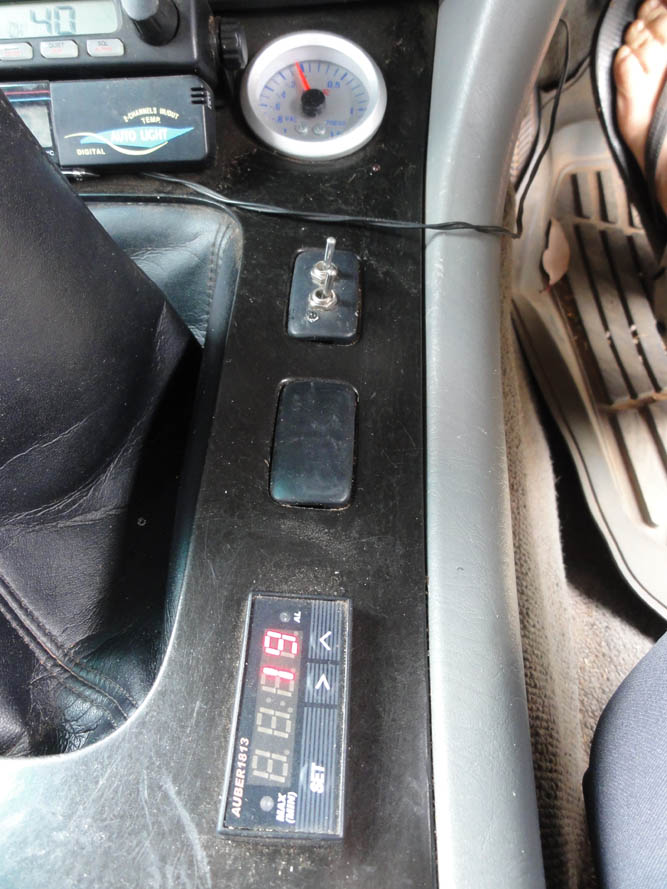
I found a custom built rear drawer system on ebay for $400. I had this measured carefully by the seller to ensure it would fit my Waeco CF40 compressor fridge. It did. I then bought and modified a rear safety cage from a Ford BA wagon. After cutting out the bottom cage, and bending the side legs, this fitted perfectly and allows access to the rear AC controls located in the roof.


Next was the stereo. I removed and sold the factory stereo, which sounded okay, but does not support Bluetooth, ipods or much else. After much research, I bought a Sony 612BT 6″ touch screen stereo. It plays DVD’s, connects and displays the iPhones’ display via HDMI, has Bluetooth and supports a reversing camera as well as two other camera (RCA video) inputs, which I used for cameras on the van. I installed some additional tweeters over the factory speakers, which improved their sound immensely.

The old factory stereo – sold on ebay for $60!


Because the GXL Landcruiser runs the Sahara wiring loom, I took advantage of this and installed door courtesy lights behind the red translucent blinds installed in the doors. Not necessary, but it’s a nice touch.

12 x LED light arrays bought on ebay for $1 each. Glued in place with silicon on a flattened peace of tin can – works perfectly.
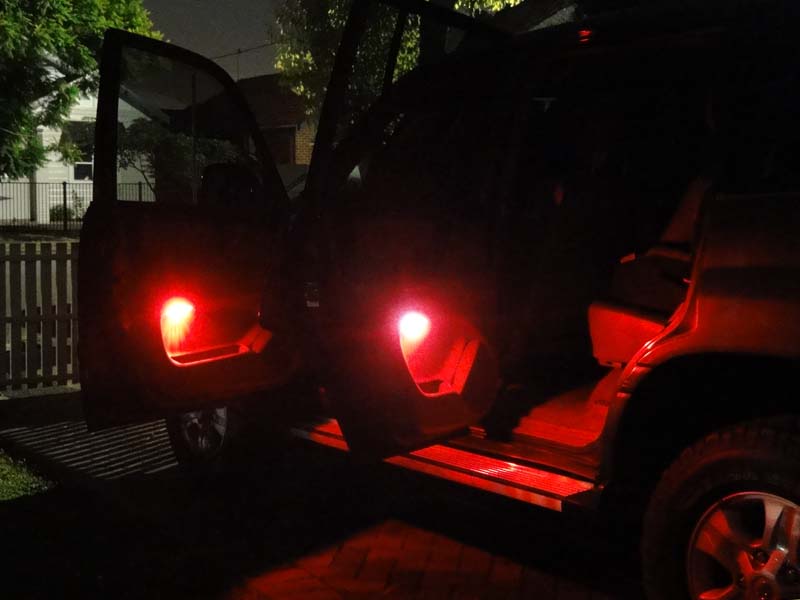
A big and very cheap change was to replace the interior dome lights with 48 panel SMD LED’s. These were about $4 each. They produce much more light with almost no heat. I also replaced the rear wagon dome light and map lights. Total cost was about $12. It took about 30 minutes to change every globe with an LED.
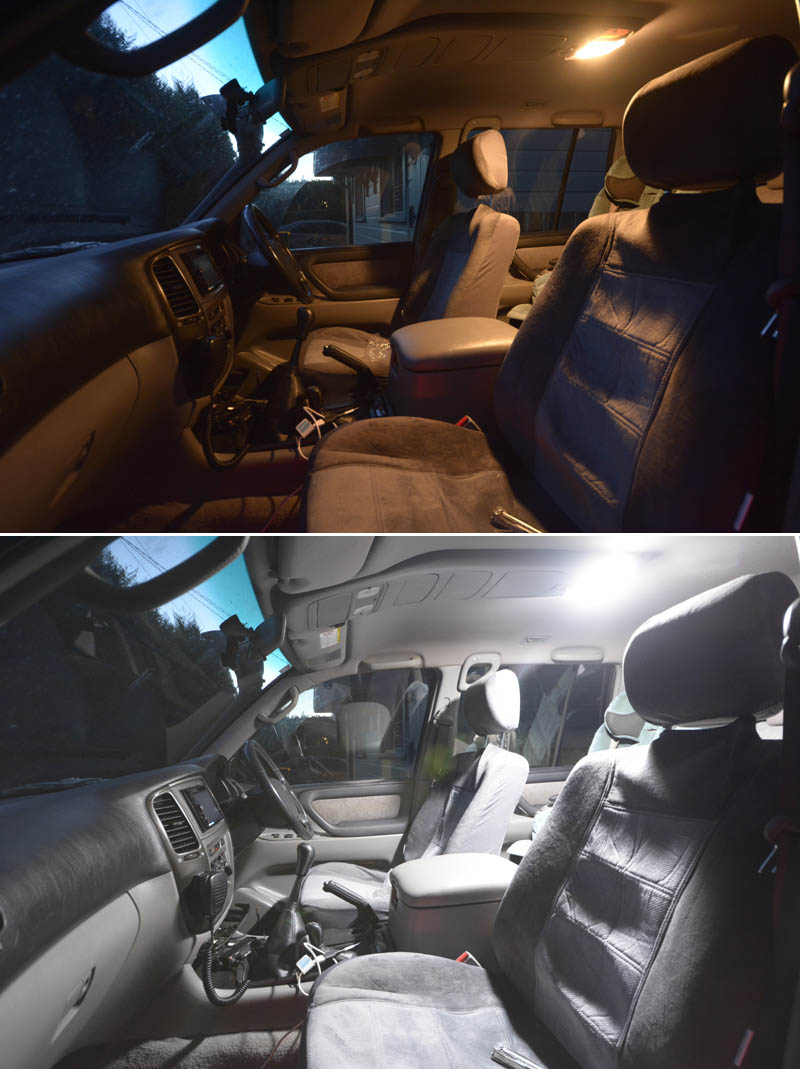
A common problem with Landcruisers is that the drain flap in the air filter canister falls out. This is meant to drain water out after very deep crossings, but if missing, works in reverse and can let water in. A piece of aluminium and silicon fixed this.
 Because I have the manual, I wanted to be able to manoeuvre the van in low range without having the centre diff lock engaged. This avoids cork screwing the transfer case or axles. There are a few ways to achieve this. I did the common ‘7 pin mod’. I have a switch under the fuel tank switch which allows the CDL (Centre Diff Lock) to be either OFF, or in AUTO (If left in AUTO, it engages automatically when in Low Range). Access to the pin cluster on the Transmission Relay is under the passenger glove box.
Because I have the manual, I wanted to be able to manoeuvre the van in low range without having the centre diff lock engaged. This avoids cork screwing the transfer case or axles. There are a few ways to achieve this. I did the common ‘7 pin mod’. I have a switch under the fuel tank switch which allows the CDL (Centre Diff Lock) to be either OFF, or in AUTO (If left in AUTO, it engages automatically when in Low Range). Access to the pin cluster on the Transmission Relay is under the passenger glove box.
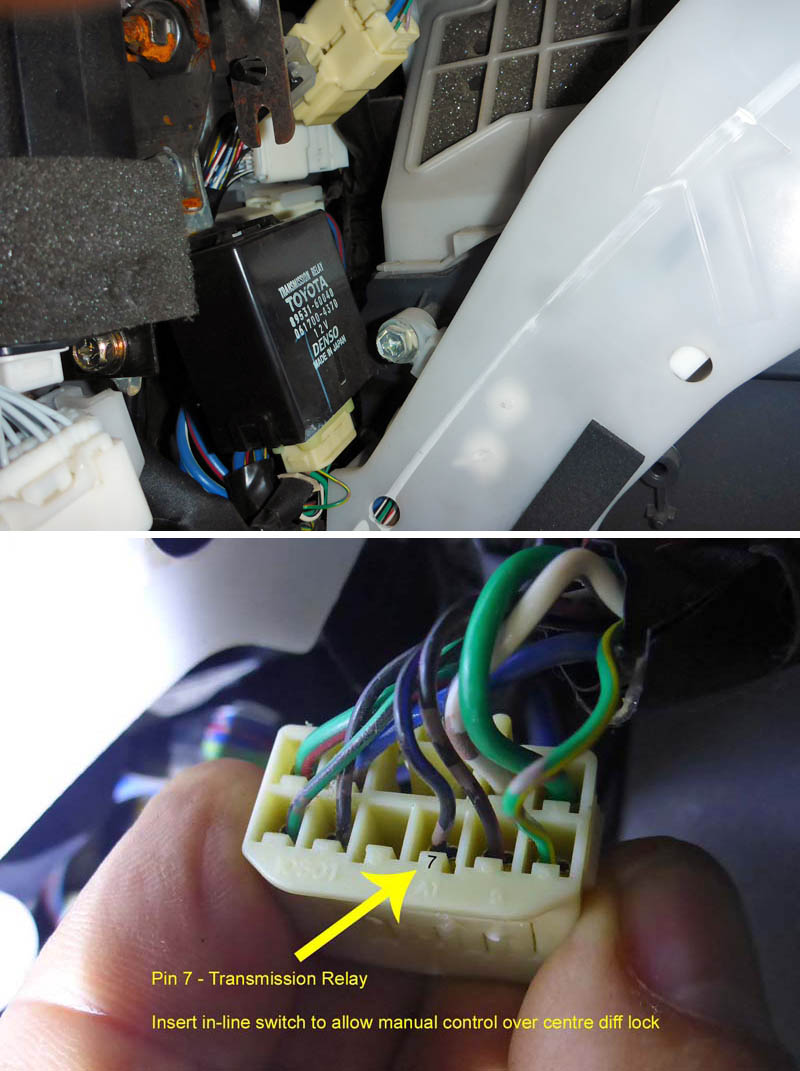
EMOH RUO:
Our Home for 2015 is a 2014 Jayco 14.44-4 Expanda Outback. The van has had fewer modifications than the Cruiser, probably because we only picked it up in August 2014 and have had less time to ‘play’. One thing I did install was a fridge vent fan. This helps eject heat from the fridge upper compartment. This helps fridge performance immensely. I used a 125 mm sealed computer fan which draws 120 mA and is connected via an old computer thermatic controller, meaning it varies fan speed (and current) depending on temperature.

I fitted a 600 VA (non pure sine wave) inverter on the factory Jayco 100 Ah GEL battery. This has its own cooling fan and rarely uses more than 10% of capacity (i.e. 60 watts), but it does work the system pretty hard, so I tend to wait until I have full sun before it gets switched on. The 120 watt factory solar panel more than copes with this.
I also engaged Real Caravan Solutions (http://www.realcaravansolutions.com.au) to install a 4 lpm electric water pump and charcoal taste filter in place of the rubbish factory plunge pump. This has not failed in the 10 months we’ve been on the road. Service, knowledge, professionalism and value are exceptional. Alex can assist with every caravan modification you could possibly want or desire.
Things I wish the van had: At least two more 12 v outlets around the van as well as a 5 V 2 amp USB charge panel. There is only one 12 v 10 Amp socket located under the TV. This is stupidly inadequate. No USB charging is provided. Everything these days is USB charged. I also wish I had installed LED strip lighting in the cupboards and shelves. The shelves are deep and quite dark. At night a torch is required to find anything. A small LED reading light above the behind the fridge and under the cupboards would be excellent. This would allow the grownups to stay up and work or read whilst the kids fall asleep. To reduce the purchase price, we did not install a radio or TV aerial. Jayco’s prices for these have a whopping markup ($1200 for a DVD capable stereo with 4 cheap speakers and $490 for a TV antennae). I did however elect to get a second 9 kg gas bottle, Alko ESC (Electronic Stability Control), outside fold down table, second 84 litre water tank and level monitor – all mandatory choices for the type of travel we’ve done. If a factory radio is installed, you lose an upper cupboard. However, one could easily be installed in the cavity above the fridge without any space penalty. We watch very little TV, but an MP3 capable radio would be nice (we use a high quality Bluetooth speaker connected to either iPhones or a small FM radio/MP3 player). This is okay but clumsy to set up.

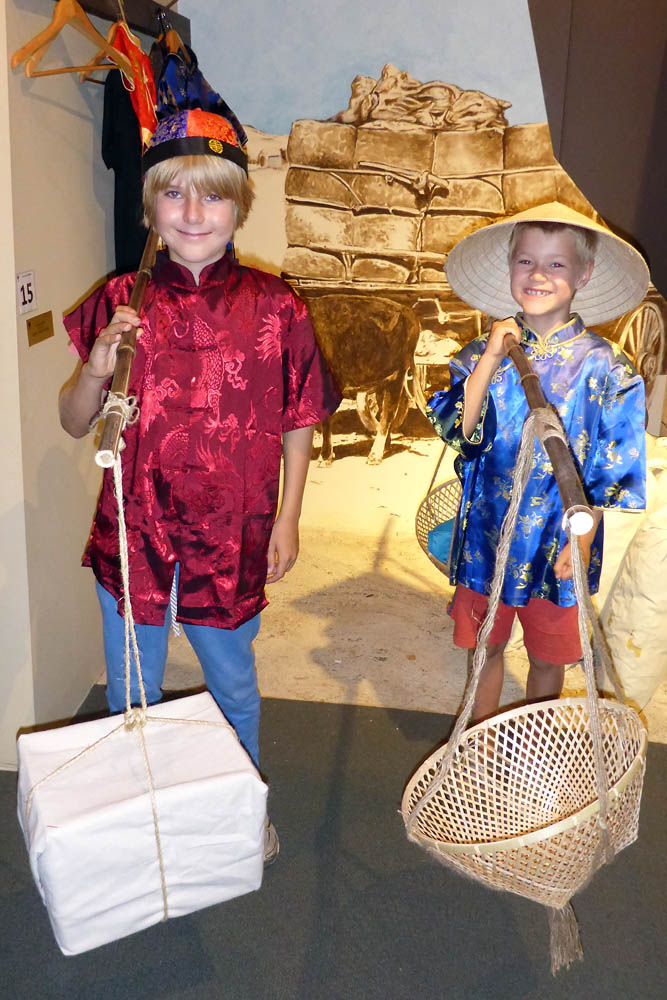 The boys enjoyed dressing up in traditional costumes at the Gum San Museum.
The boys enjoyed dressing up in traditional costumes at the Gum San Museum. James amping it up on the ubiquitous Big 4 jumping pillow.
James amping it up on the ubiquitous Big 4 jumping pillow.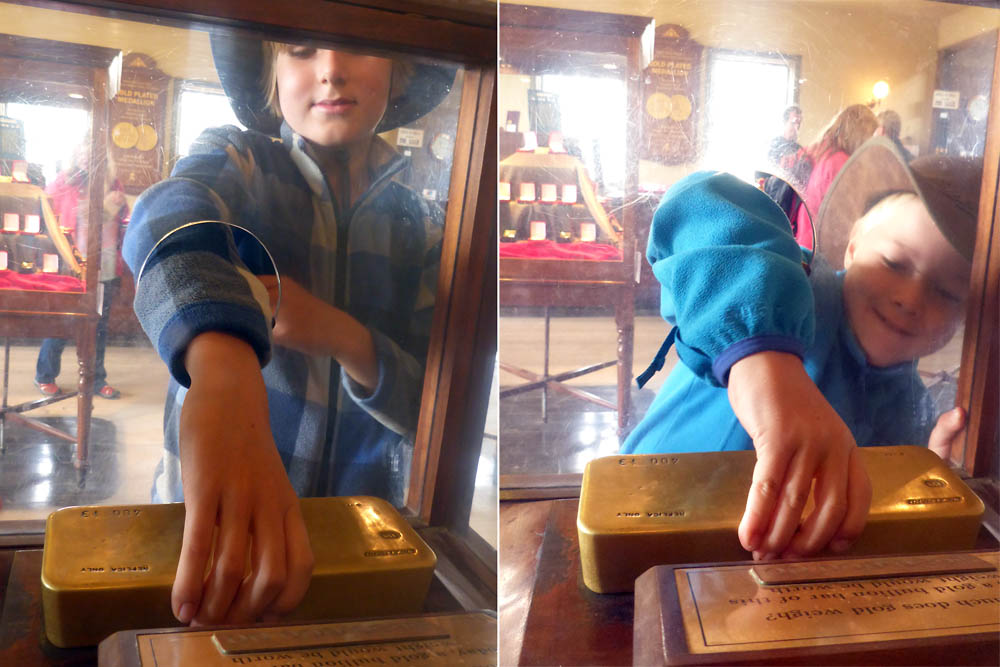 Feeling the weight of real gold after watching a live gold ingot pour.
Feeling the weight of real gold after watching a live gold ingot pour.
 One of the many streets at Sovereign Hill.
One of the many streets at Sovereign Hill.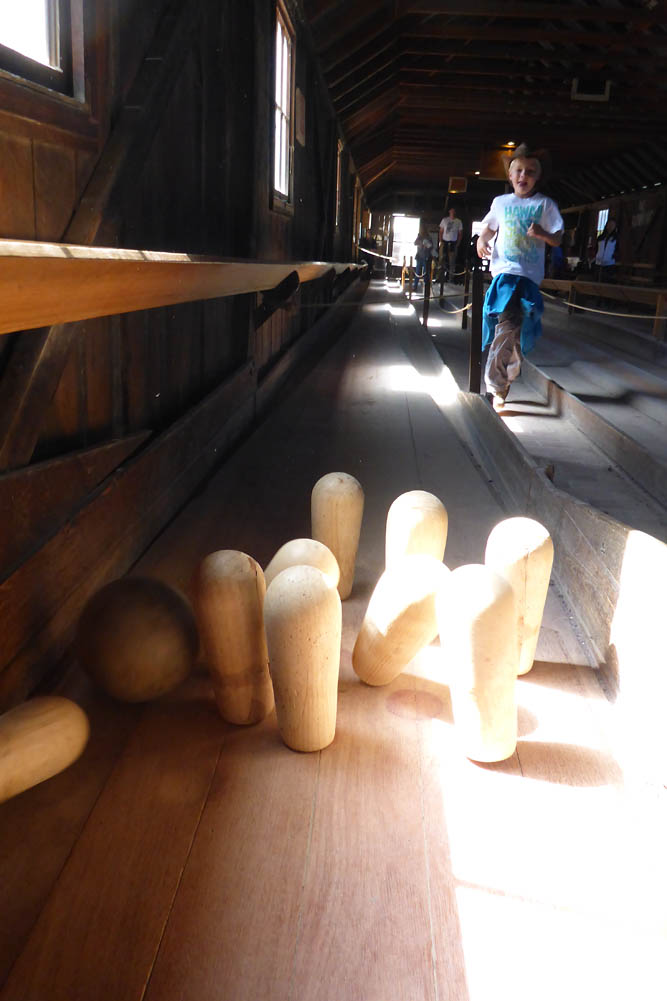 James enjoyed the old fashioned nine pin bowls.
James enjoyed the old fashioned nine pin bowls.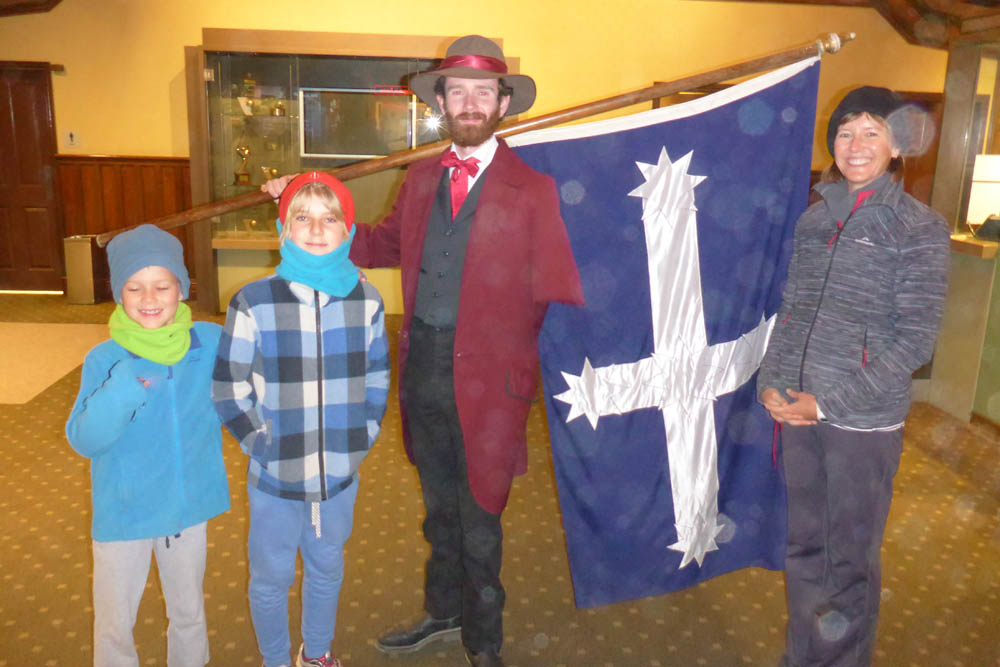 No not dressed for the snow, just rugged up to cope with Victoria’s version of a summer’s night – 5 degrees! After planning for a year of “summer” we were forced to wear pretty much every piece of warm clothing we had!
No not dressed for the snow, just rugged up to cope with Victoria’s version of a summer’s night – 5 degrees! After planning for a year of “summer” we were forced to wear pretty much every piece of warm clothing we had!


